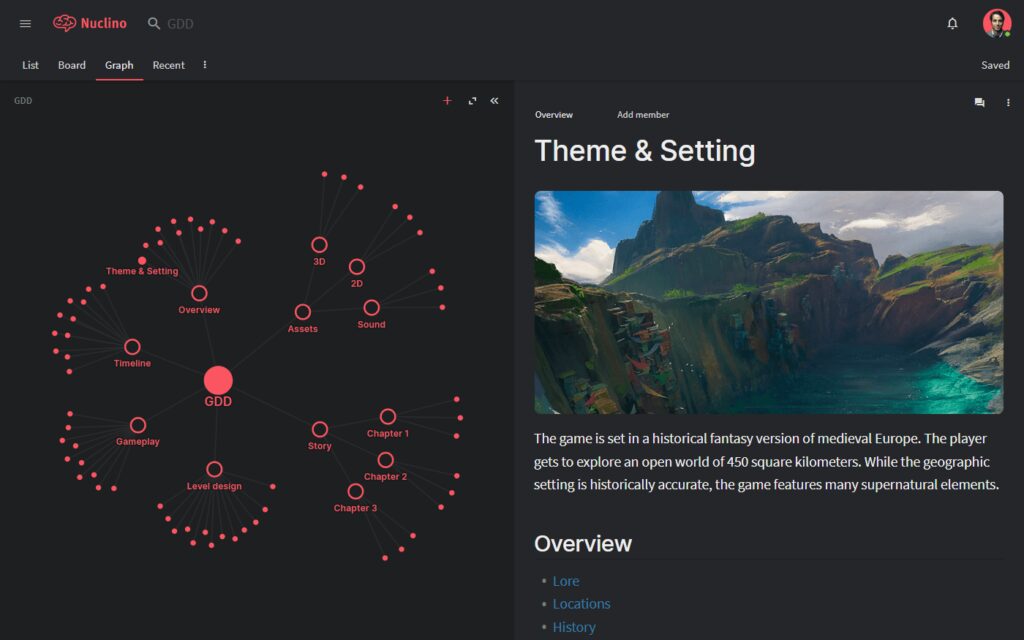Game development is a multi-step process that requires various tools and software for designers and developers to bring their vision to life. The process begins with the concept’s idea and determining the games’ theme, gameplay mechanics, world design, target audience, and overall vision. The pre-production stage includes fleshing out the game concept further through planning, scheduling, and project management, ensuring a smooth development process by identifying potential roadblocks. The production stage is where the real development of the game takes place, bringing the game’s design documents to life, creating the various game assets, coding the game mechanics, and testing the gameplay. Lastly, the post-production stage perfects the game and prepares it for release by testing the game thoroughly, fixing any remaining issues or bugs, and polishing the game for release.
From Concept to Gameplay: The Game Development Process and its Tools
Many people love playing video games, but have you ever wondered what goes into creating these games? Game development is a complex process that involves several stages and various tools for game designers and developers. In this article, we will delve into the various stages of game development, from the concept to gameplay, and discuss the tools used by developers to bring their vision to life.
The Concept Stage
The first step in game development is coming up with a game concept. This involves brainstorming ideas and determining the game’s theme, gameplay mechanics, world design, target audience, and overall vision. At this stage, game designers may also create a storyboard or sketch out early game ideas. A successful concept stage sets the foundation for the rest of the game development process.
Tools Used in the Concept Stage
Various tools can be used during the concept stage, such as:
- Mind Mapping Software: Mind mapping software can be used to visually organize game ideas and their relationships.
- Sketching or Drawing Tools: Game designers may use sketching or drawing software to create early game design concepts and storyboards.
- Game Engines: Game engines such as Unreal Engine or Unity can be used to create early game prototypes and concepts to showcase potential gameplay mechanics.
The Pre-Production Stage
The pre-production stage is where the details of the game concept are fleshed out even further through pre-production planning, scheduling, and project management. Tasks such as creating the game’s design documents, determining gameplay mechanics, developing preliminary character sketches, and constructing the game’s story are completed in this stage. Pre-production aims to ensure a smooth development process by identifying potential roadblocks, as well as planning the required resources to create the game.
Tools Used in the Pre-Production Stage
Various tools are utilized in the pre-production stage, such as:
- Project Management Software: This software is used to manage tasks, deadlines, team collaboration, and resource allocation.
- Design Document Tools: These tools are used to create and track game design documents.
- 3D Art and Animation Tools: 3D software like Blender, ZBrush or Maya is used to create concepts of the characters and environments.
- Sound Design Tools: Tools like Pro Tools or Adobe Audition are used to create and edit sounds and music for the game.
The Production Stage
The production stage is where the actual development of the game takes place. This involves bringing the game design documents to life, creating the various game assets, programming and coding the game mechanics, and testing the gameplay. Every detail of the game, from the mechanics to the environment, is developed in the production stage. Depending on the size of the game or the team, the production stage can take several months or years to complete.
Tools Used in the Production Stage
The production stage requires different tools and software for the game’s development. Some of the most commonly used tools in the production stage include:
- Game Engines: Game engines like Unity and Unreal Engine are used to create the game’s environment, mechanics and programming. They also enable collaboration between team members.
- Asset Creation Tools: Programs like Photoshop (for 2D design), Maya or Blender (for 3D design) can be used to create game assets like characters, weapons or environments.
- Integrated Development Environments (IDEs): IDEs like Visual Studio or Eclipse are used to write or edit the game’s code and scripts.
- Bug Testing Tools: These tools help to identify and eliminate bugs and issues during game development.
The Post-Production Stage
The post-production stage is where the final touches are put into the game. This involves testing the game thoroughly, fixing any remaining issues or bugs, and polishing the game for release. In this stage, developers may also add marketing features, create demo versions or work on DLC for future release. When the game is considered to the developers’ satisfaction, it is released to the public.
Tools Used in the Post-Production Stage
The tools used in the post-production stage depend on the needs of the developers. The following list includes some of the most commonly used tools during the polish stage:
- Quality Assurance tools: These tools are used during the testing phase of development to ensure that the game works correctly and there are no remaining bugs.
- Localization tools: Localization tools are used to translate the game into different languages for global distribution.
- Marketing tools: Tools such as social media management software are utilized to promote the game on various platforms.
Conclusion
Game development is a lengthy and challenging process that requires time, attention to detail, and an array of tools to bring a game creator’s vision to life. Each stage plays a vital role in bringing the game from the concept to the final polished product. By using a combination of software, game engines, design methods and collaboration tools game designers can create something incredible that players will love and enjoy.
